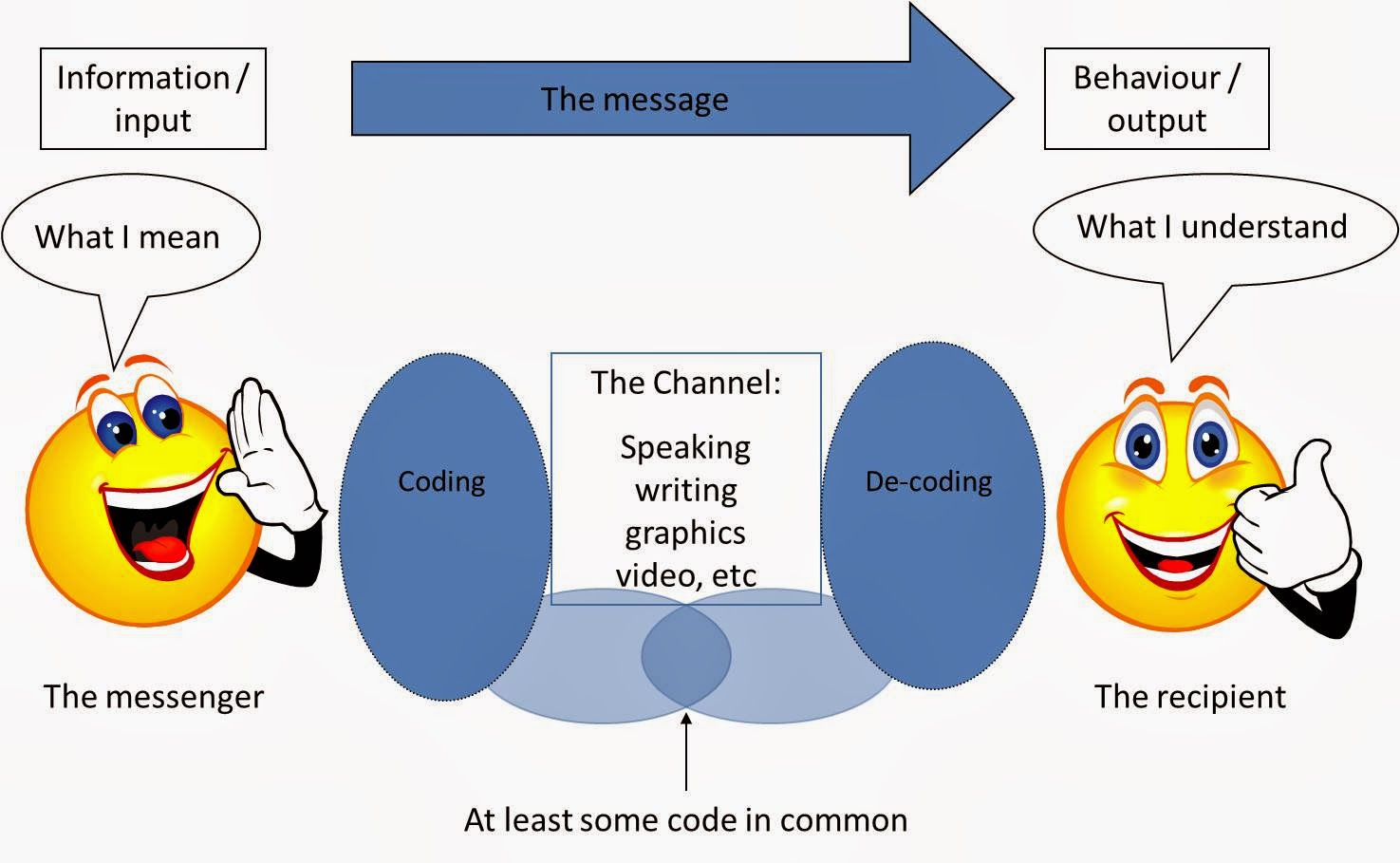Importance of Communication for Teachers and Curriculum
1. Importance of Communication for Teachers
Communication is the backbone of effective teaching. It
enables teachers to:
a. Facilitate Learning
- Clear
explanations and instructions help students understand lessons and
activities.
- Example:
When a teacher explains a science experiment in simple steps, students
perform better and avoid mistakes.
b. Build Positive Relationships
- Open
communication builds trust and rapport with students, encouraging
participation and a safe learning environment.
- Example:
Teachers who listen to students’ concerns create a supportive classroom
atmosphere.
c. Manage Classrooms Effectively
- Communicating
rules, expectations, and feedback leads to discipline and order.
- Example:
Clearly stating classroom rules at the start of the term reduces
disruptions.
d. Motivate and Encourage Students
- Positive
feedback and encouragement boost students’ confidence and interest in
learning.
- Example:
Praising a student for improvement in reading motivates others as well.
e. Adapt Teaching to Student Needs
- By
asking questions and listening, teachers identify students’ strengths and
weaknesses, and adjust teaching methods accordingly.
- Example:
Using pictures and gestures for students who struggle with language.
f. Collaborate with Colleagues and Parents
- Effective
communication ensures teamwork with other teachers and keeps parents
informed about student progress.
- Example:
Sharing progress reports with parents during meetings.
2. Importance of
Communication in Curriculum
Communication is equally vital in designing and implementing
curriculum because it:
a. Transmits Curriculum Content
- Teachers
use communication to deliver the curriculum—explaining, discussing, and
clarifying concepts.
- Example:
Teaching a history chapter using stories, discussions, and visual aids.
b. Integrates 21st-Century Skills
- The
curriculum today emphasizes communication skills as essential life skills
for students.
- Example:
Including group projects and presentations in the syllabus to foster
teamwork and communication.
c. Supports Assessment and Feedback
- Communication
is used to assess student understanding (through questions, discussions)
and provide feedback.
- Example:
Oral quizzes and immediate feedback help students learn better.
d. Encourages Active Participation
- Communicative
activities like debates, group work, and peer teaching make the curriculum
interactive.
- Example:
Organizing a debate on environmental issues during a science lesson.
e. Promotes Inclusive Education
- Effective
communication ensures curriculum access for all learners, including those
with different needs.
- Example:
Using sign language or visual aids for students with hearing impairments.
f. Facilitates Continuous Improvement
- Teachers,
students, and stakeholders communicate their experiences and suggestions
to improve the curriculum.
- Example:
Curriculum review meetings where teachers share feedback on what works and
what needs change.
Summary Table
|
Area |
Importance |
Example |
|
Teachers |
Facilitates
learning |
Step-by-step
instructions |
|
Builds
relationships |
Listening to
student concerns |
|
|
Classroom
management |
Stating rules
clearly |
|
|
Motivation |
Giving praise
and encouragement |
|
|
Adapts
teaching |
Using visuals
for weak students |
|
|
Collaboration |
Sharing
updates with parents/colleagues |
|
|
Curriculum |
Delivers
content |
Explaining
lessons |
|
Integrates
communication skills |
Group
projects and presentations |
|
|
Assessment
and feedback |
Oral tests
and feedback |
|
|
Active
participation |
Debates and
group discussions |
|
|
Inclusion |
Visual aids
for diverse learners |
|
|
Curriculum
improvement |
Feedback in
curriculum review meetings |
Conclusion
For teachers, communication is a teaching tool, a
relationship builder, and a classroom management strategy. In the curriculum,
it is both a means of delivery and a core competency to be developed. Strong
communication is essential for effective teaching, meaningful learning, and continuous
improvement in education.



Comments
Post a Comment